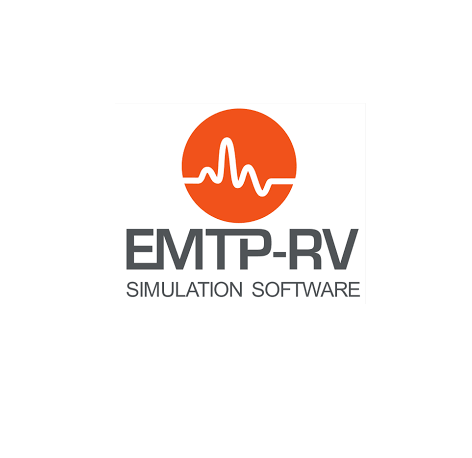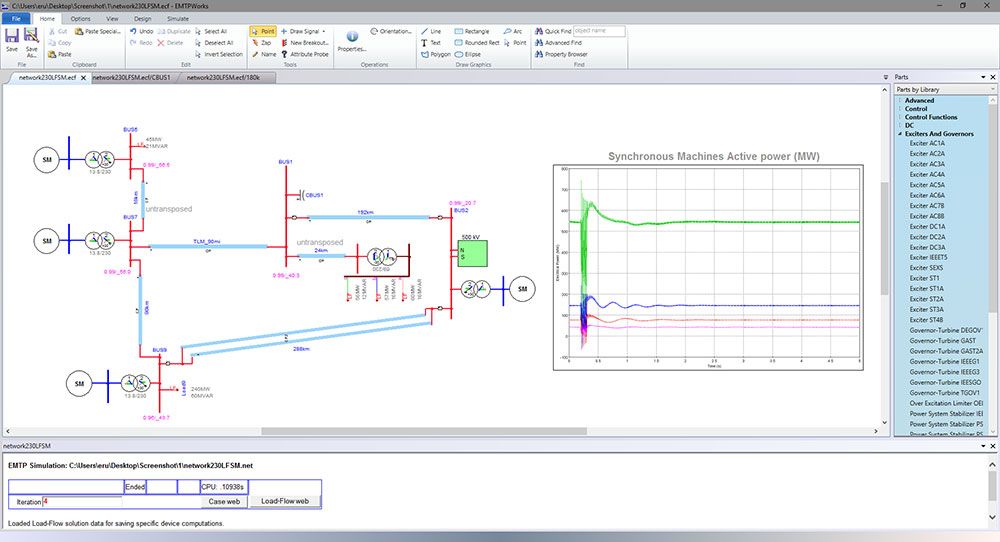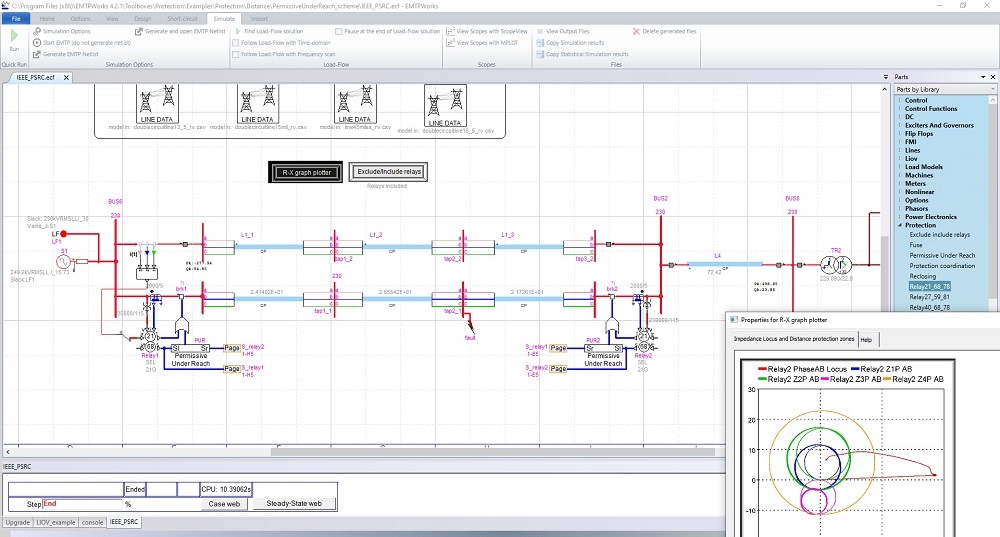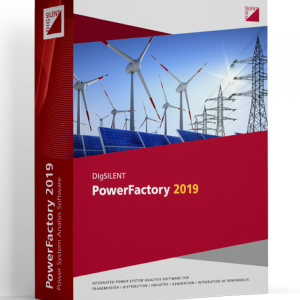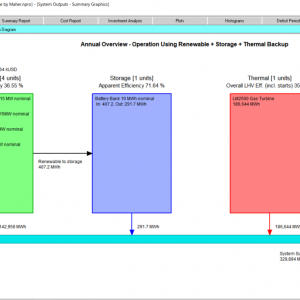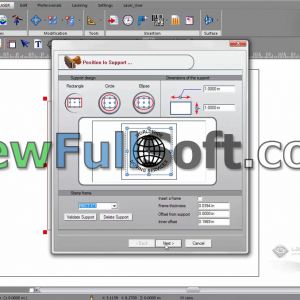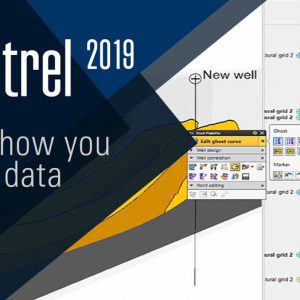Offer Discount
$200.00 $120.00
The simulation of power systems transients has never been so easy!
EMTP is the most complete and technically advanced software for simulation and analysis of power systems.
- EMTP is the reference for the simulation of electromagnetic and electromechanical transients. It is known to be the fastest, the most accurate and the most numerically stable time-domain software in the industry.
- Control systems and protections can be modelled in detail using the complete libraries of components.
- EMTP has a powerful unbalanced multi-phase load-flow capable of solving very large scale transmission and distribution grids, cases with more than 300 000 buses can be solved.
- EMTP has the most user-friendly graphical interface and load-flow, steady-state and time-domain simulations using the same grid data and within the same environment.
- EMTP is completely scriptable. EVERYTHING that can be done by hand can be automated by scripts!
- EMTP uses dynamic memory allocation and can simulate arbitrary topology networks without any user intervention: what you draw is what you simulate!
Description
New Line/Cable data module
- New module for calculation of line and cable parameters based on the MoM-SO method. This tool results from a major development effort by EMTP® team, and a direct collaboration with Prof. Piero Triverio and his research associate Utkarshr Patel from University of Toronto.
- Major new EMTP® module capable of achieving highest accuracy levels for a very large band of frequencies.
- The module is generic and capable of representing cables underground and above ground, overhead lines and overhead lines coupled with cables. A multi-layer soil option is available.
- The module accounts for proximity effect, stranded conductor and earth return.
- Unique contribution to the simulation of electromagnetic transients.
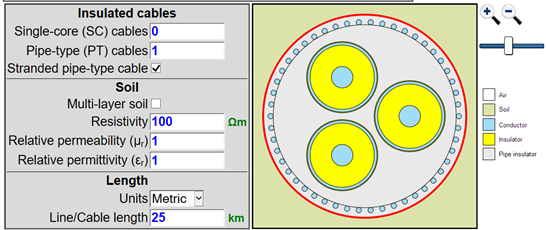
New Power Electronics Toolbox
- Various building components.
- New AC-DC converter with control.
- New Statcom model.
- New DC-DC AVM converter.
- New examples with Toolbox models.
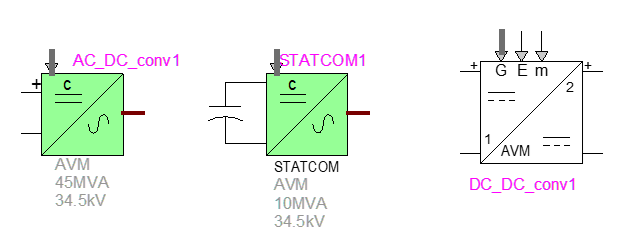
Renewables Toolbox Updates
- Upgrades to PV and WTG models.
- Better initialization.
- Various improvements (generic models).
- PV cell.
- New Battery model.
- Improvement of convergence criteria for Input Impedance TD device.
- New example of PV converter with MPPT and battery.
- New charge/discharge battery example.


